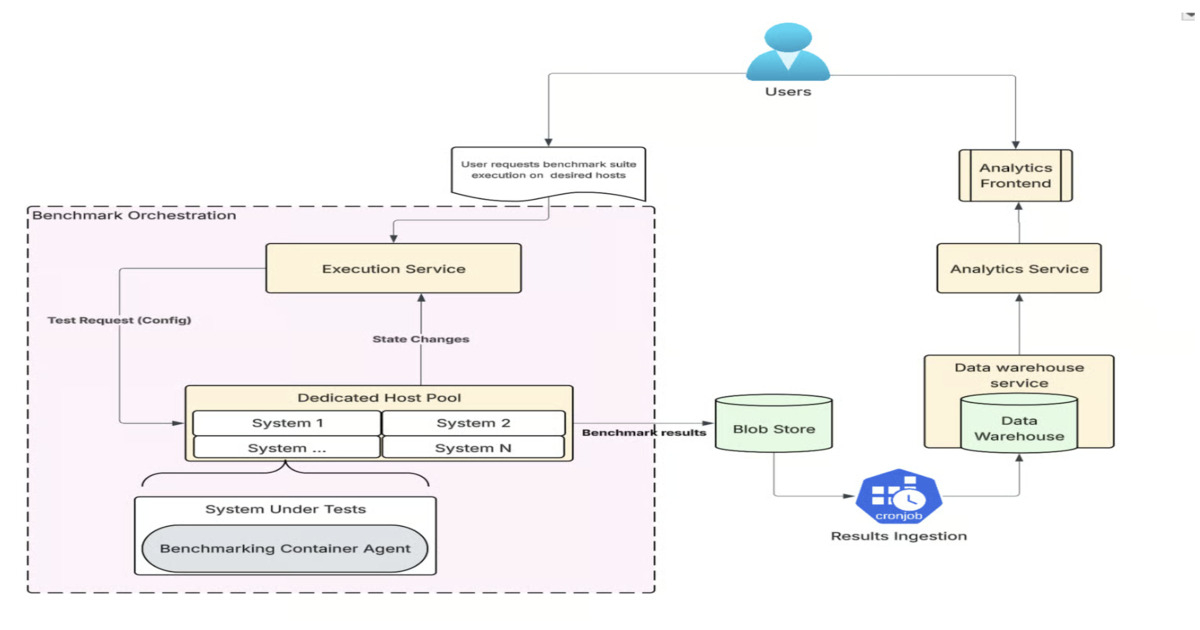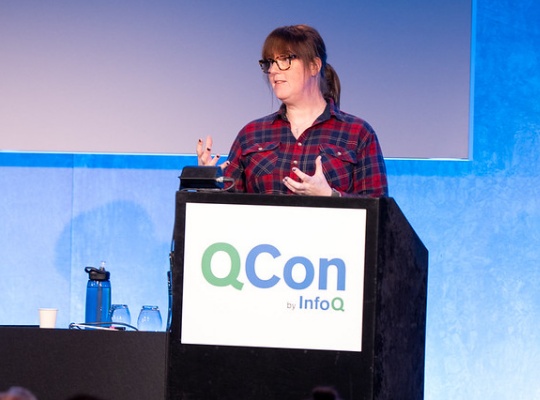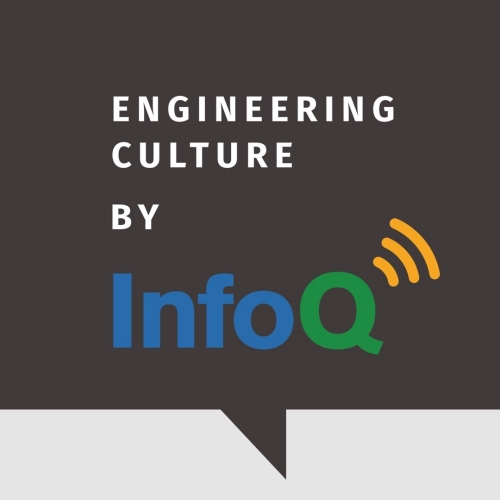Codetown
Codetown ::: a software developer's community
Using rs-232 in a java desktop application
Hello all:
I am fairly new to the Java world and would like some advice on how to handle rs-232 communications with a Java based GUI I am working on. Several years ago I created a similar GUI with Visual Basic, but my coding skills are a bit rusty and I never got the communication thing completely figured out. I could send command strings easy enough, but I had trouble getting responses and processing them quickly.
The current GUI is to control an RGB lighting system. It has some sliders, some radio buttons, and a few check boxes. When the sliders move a command string needs to be sent out. It will have to happen quickly so that the change in light level is smooth. When the radio buttons and check boxes are clicked, single commands will have to be sent out.
I would also like to be able to handle any responses sent back from the controller. When the sliders are moved, there will be a lot of comm traffic coming back to the GUI. I sure this will require a buffer of some kind, but I am not sure how to set it up.
Once I get the rs-232 option up and running, I need to look at communicating with the light controller via an Ethernet connection.
Any advise or assistance would be appreciated.
Paul Stearns
Tags:
Replies to This Discussion
-
Permalink Reply by Paul Stearns on May 27, 2011 at 5:00pm
-
Thanks Nem. I will check those out.
Paul
-
Permalink Reply by Paul Stearns on June 1, 2011 at 5:44pm
-
I took a look at some of the documentation and it seems that RS-232 is not supported for Windows apps anymore. If this is indeed the case, then I guess I need to look at sending communications via Ethernet and using a converter to get it to the RS-232 device.
Any guidance on how to proceed would be appreciated.
Notes
Welcome to Codetown!
 Codetown is a social network. It's got blogs, forums, groups, personal pages and more! You might think of Codetown as a funky camper van with lots of compartments for your stuff and a great multimedia system, too! Best of all, Codetown has room for all of your friends.
Codetown is a social network. It's got blogs, forums, groups, personal pages and more! You might think of Codetown as a funky camper van with lots of compartments for your stuff and a great multimedia system, too! Best of all, Codetown has room for all of your friends.
Created by Michael Levin Dec 18, 2008 at 6:56pm. Last updated by Michael Levin May 4, 2018.
Looking for Jobs or Staff?
Check out the Codetown Jobs group.
InfoQ Reading List
Benchmarking Beyond the Application Layer: How Uber Evaluates Infrastructure Changes and Cloud Skus

Uber’s Ceilometer framework automates infrastructure performance benchmarking beyond applications. It standardizes testing across servers, workloads, and cloud SKUs, helping teams validate changes, identify regressions, and optimize resources. Future plans include AI integration, anomaly detection, and continuous validation.
By Leela KumiliPresentation: Changing Power Dynamics: What Senior Engineers Can Learn From Junior Engineers

Beth Anderson discusses the "power distance index" and its critical role in communication. Using the Korean Air Flight 801 tragedy as a case study, she explains the dangers of hierarchy-driven silence. She shares actionable frameworks for building the 4 stages of psychological safety, implementing reverse mentoring, and using PRs as tools for knowledge sharing rather than gatekeeping.
By Beth AndersonPodcast: Effective Mentorship and Remote Team Culture with Gilad Shoham

In this podcast, Shane Hastie, Lead Editor for Culture & Methods, spoke to Gilad Shoham about building effective mentorship relationships, leading fully distributed teams and the evolving role of developers in an AI-augmented future.
By Gilad ShohamBeyond Win Rates: How Spotify Quantifies Learning in Product Experiments

Spotify has introduced the Experiments with Learning (EwL) metric on top of its Confidence experimentation platform to measure how many tests deliver decision-ready insights, not just how many “win.” EwL captures both the quantity and quality of learning across product teams, helping them make faster, smarter product decisions at scale. The outcome must support one action: ship, abort, or iterate.
By Olimpiu PopQCon AI NY 2025 - Becoming AI-Native Without Losing Our Minds To Architectural Amnesia

Tracy Bannon's QCon AI NY 2025 talk revealed how the rise of AI agents risks amplifying common architectural failures. She emphasized the distinctions between bots, assistants, and agents, highlighting the need for governance, clear identity controls, and disciplined decision-making to address “agentic debt.” Bannon called for architects to apply foundational principles amid rapid AI adoption.
By Andrew Hoblitzell
© 2025 Created by Michael Levin.
Powered by
![]()